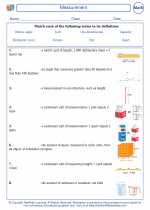Temperature
Temperature is a measure of how hot or cold something is. It is a fundamental concept in science and is used in everyday life to describe weather, cooking, and the human body, among other things. In the United States, temperature is typically measured using the Fahrenheit scale, while most other countries use the Celsius scale. In science, the Kelvin scale is also used to measure temperature.
Scales of Temperature
Fahrenheit: The Fahrenheit scale is used primarily in the United States. Water freezes at 32°F and boils at 212°F. To convert Celsius to Fahrenheit, you can use the formula: F = (C × 9/5) + 32.
Celsius: The Celsius scale is used in most other countries and in scientific contexts. Water freezes at 0°C and boils at 100°C. To convert Fahrenheit to Celsius, you can use the formula: C = (F - 32) × 5/9.
Kelvin: The Kelvin scale is used in scientific contexts, such as in physics and chemistry. It is based on absolute zero, the theoretical lowest possible temperature. Absolute zero is 0 K, and temperatures in Kelvin can never be negative. To convert Celsius to Kelvin, you can use the formula: K = C + 273.15.
Measuring Temperature
Temperature is commonly measured using a thermometer. A thermometer typically consists of a glass tube filled with a liquid, such as mercury or dyed alcohol, that expands and contracts with temperature changes. The temperature is read from a scale marked on the tube. Digital thermometers, infrared thermometers, and thermocouples are also commonly used to measure temperature.
Study Guide
Here are some key points to remember about temperature:
- Understand the difference between the Fahrenheit, Celsius, and Kelvin scales.
- Be able to convert temperatures between the different scales using the conversion formulas.
- Know the freezing and boiling points of water on each scale.
- Understand how temperature is measured using different types of thermometers.
- Be familiar with common temperature-related terms, such as "room temperature", "body temperature", and "boiling point".
Remember to practice converting temperatures between the different scales and using thermometers to measure temperature. Understanding temperature is important in many areas of science and everyday life, so it's a valuable concept to master.
[Temperature] Related Worksheets and Study Guides:
.◂Math Worksheets and Study Guides Fourth Grade. Measurement
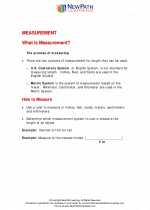
 Activity Lesson
Activity Lesson
 Activity Lesson
Activity Lesson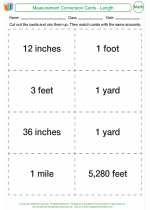
 Activity Lesson
Activity Lesson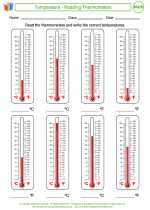
 Worksheet/Answer key
Worksheet/Answer key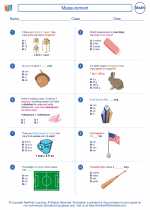
 Worksheet/Answer key
Worksheet/Answer key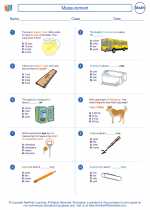
 Worksheet/Answer key
Worksheet/Answer key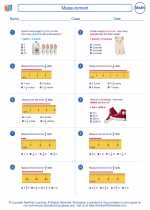
 Worksheet/Answer key
Worksheet/Answer key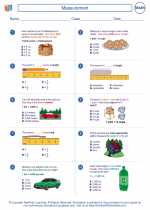
 Worksheet/Answer key
Worksheet/Answer key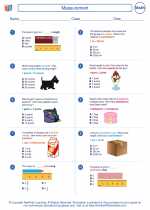
 Worksheet/Answer key
Worksheet/Answer key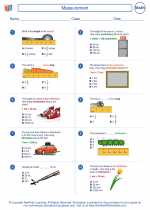
 Worksheet/Answer key
Worksheet/Answer key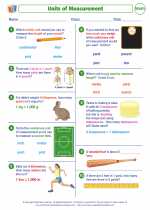
 Worksheet/Answer key
Worksheet/Answer key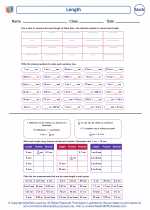
 Worksheet/Answer key
Worksheet/Answer key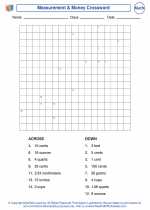
 Worksheet/Answer key
Worksheet/Answer key
 Vocabulary/Answer key
Vocabulary/Answer key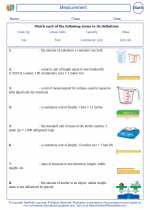
 Vocabulary/Answer key
Vocabulary/Answer key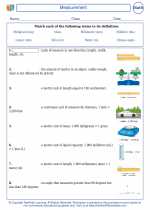
 Vocabulary/Answer key
Vocabulary/Answer key